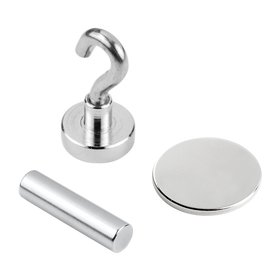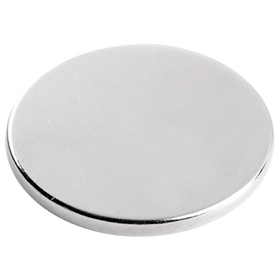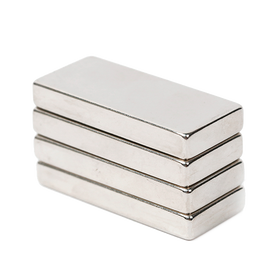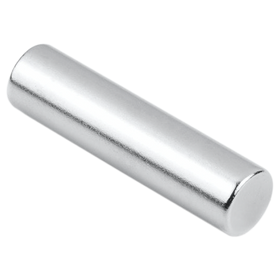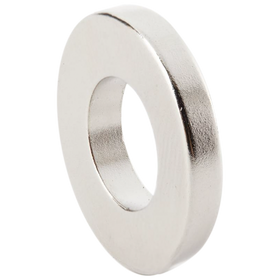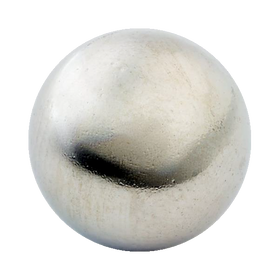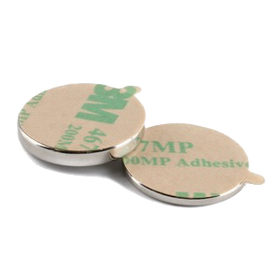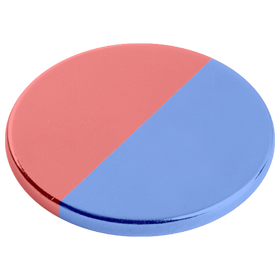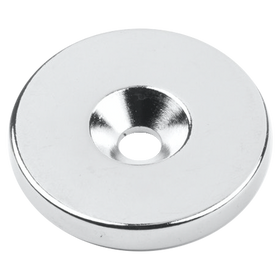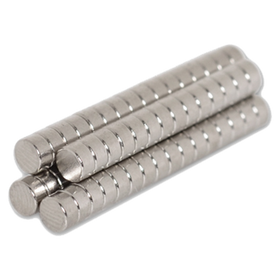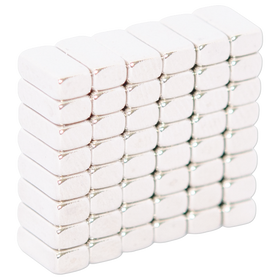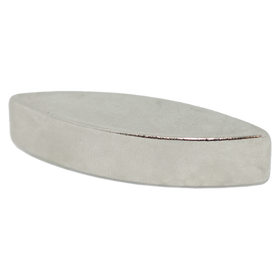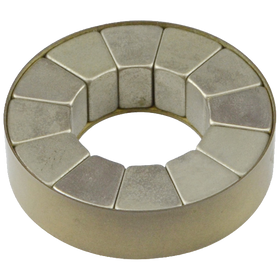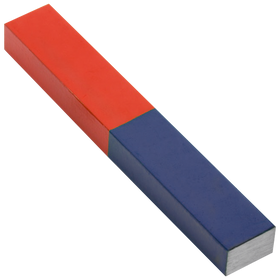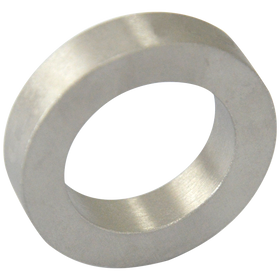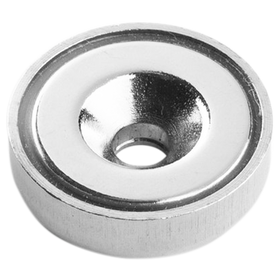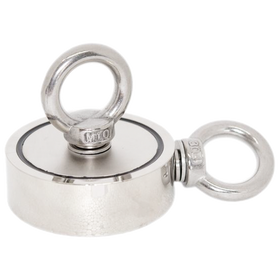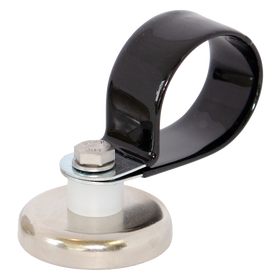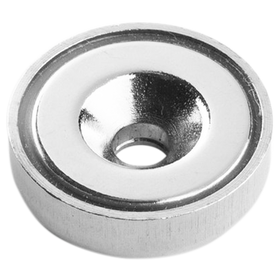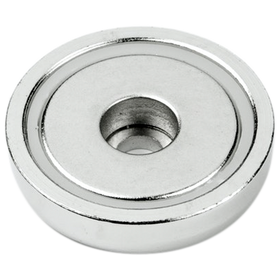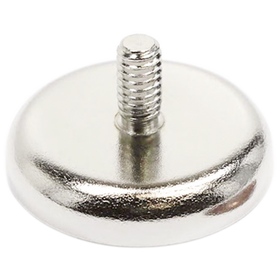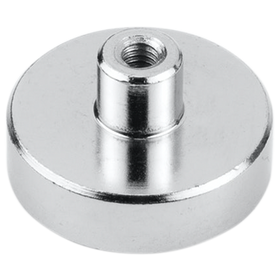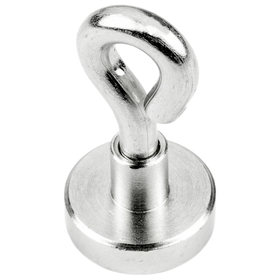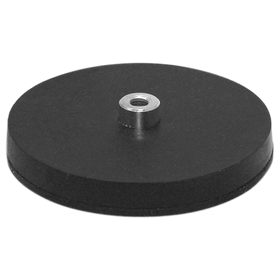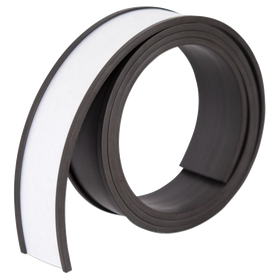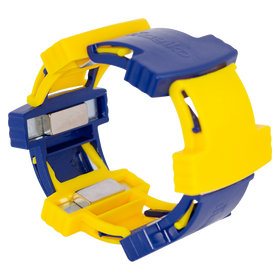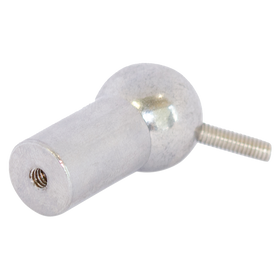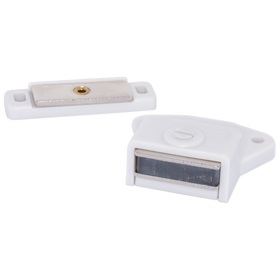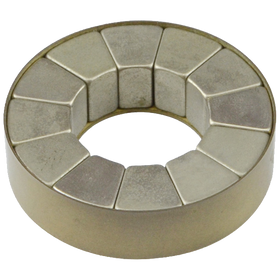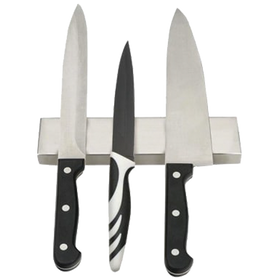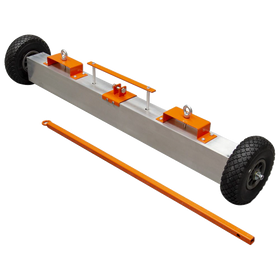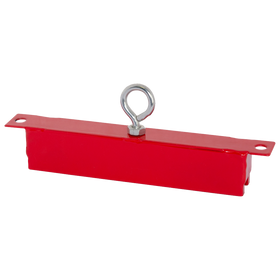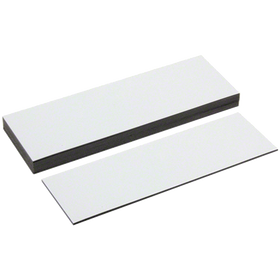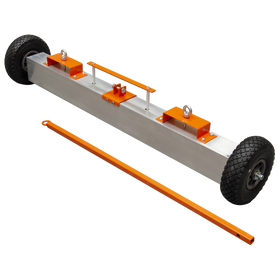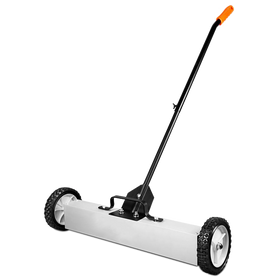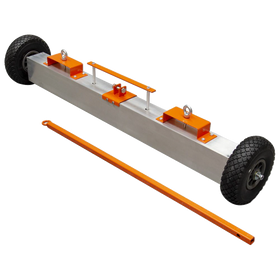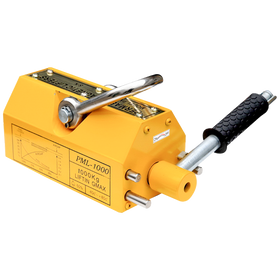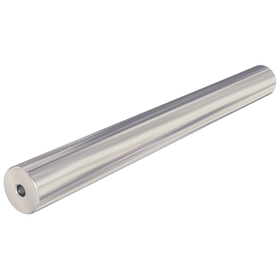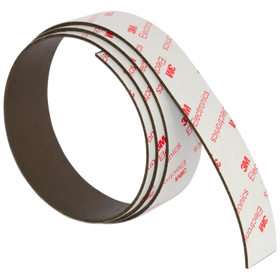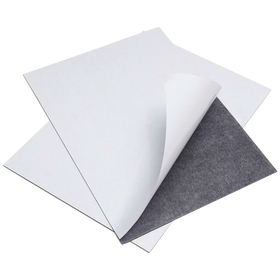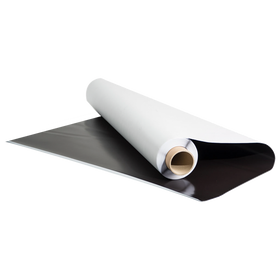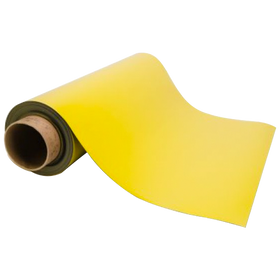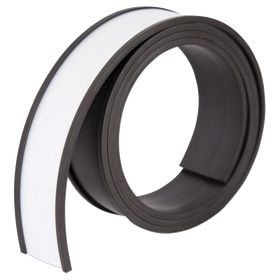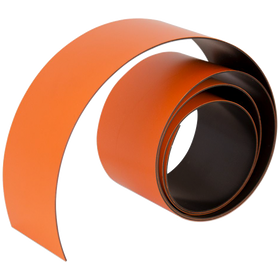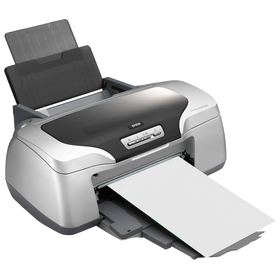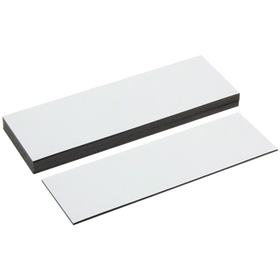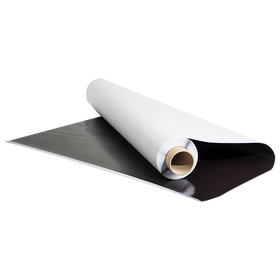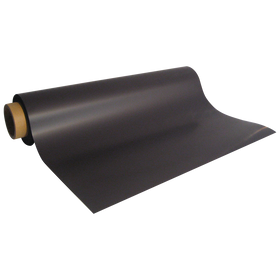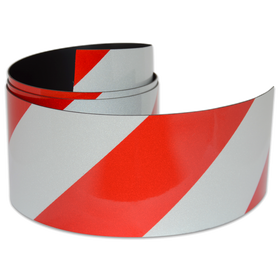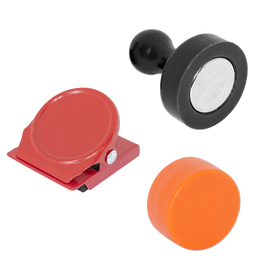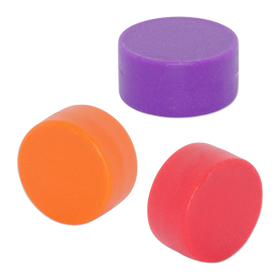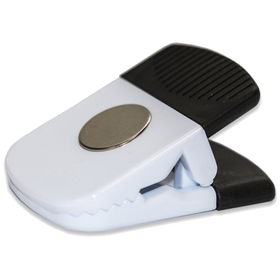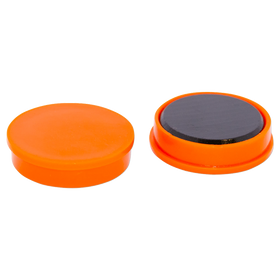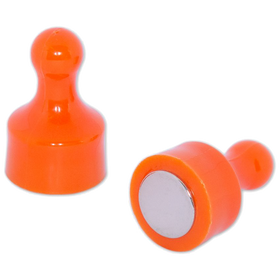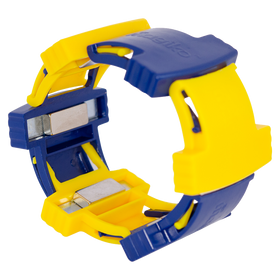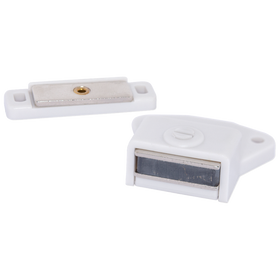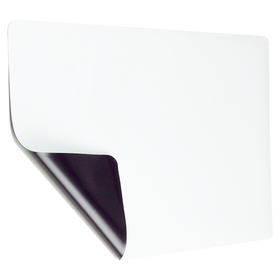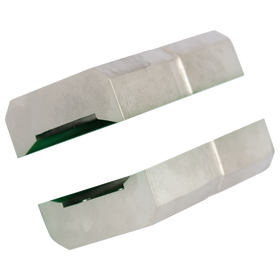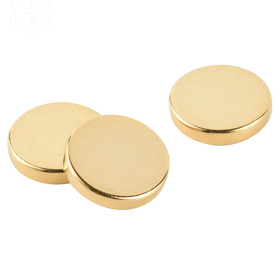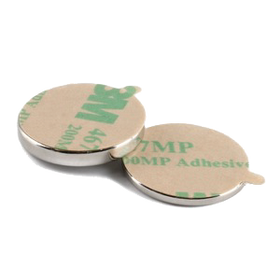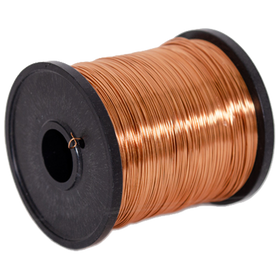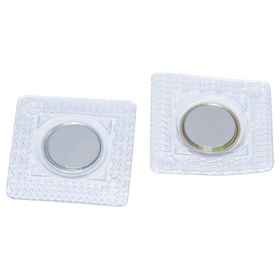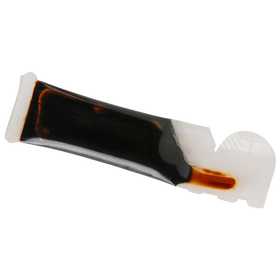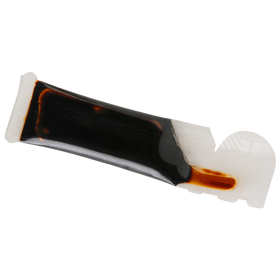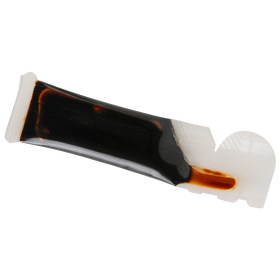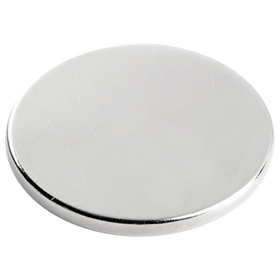
Neodymium Block Magnet - 5.6mm x 2mm x 3mm | N52 | Magnetised through 3mm
Same Day Dispatch
Order before 1pm to qualify for same day dispatch.
This Neodymium GradeN52 block magnet is nickel-coated, has a pull force of 0.49 kg and weighs 0.01 kg. It is 2mm in width, 5.6mm long and 3mm in height, with its direction of magnetisation through the 2mm width.
Neodymium magnets have revolutionised product design and manufacturing, and are a vital component in cutting edge, technological advancements around the world. More than ever, there is demand for products that are smaller, more compact, more versatile, lightweight and aesthetically appealing. Those developments in some of our most sought-after devices, particularly smartphones, have only been possible because of these tiny magnets.
Neodymium block magnets can produce much stronger magnetic fields than ferrous magnets, and they can push out that magnetic power despite weighing just a few grams. Electronic equipment across almost every industry has evolved with improved capabilities and reduced size and scale because they can utilise these tiny, powerful Neodymium magnets. But the magic of Neodymium Block magnets isn’t just for the delicate workings of electronic devices. Their permanent, reliable hold means Neodymium magnets are just as useful in the analogue and digital world, in equipment designed for holding and securing metal items, in doors and latches, magnetic lifters, sweepers and tool holders.
Typical Physical Properties

NB: Ranges are indicative for product category, please check individual products for specic values within that range.
Production Flow Diagram

Demagnetization Curves

Surface Treatment

The most common coating for Neodymium magnets is Nickel + Copper + Nickel (Ni + Cu + Ni). This coating offers the magnet relatively good protection from corrosion and passive applications. If the magnet will be exposed to moisture or liquid then consider the use of an organic coating such as Epoxy. A hard wearing coating, Epoxy is suited to applications where the magnet will come under some friction or knocking.
Range and Tolerance

Magnets are readily available in Blocks, Discs, Cylinders & Rings. AMF Magnetics specializes in the supply of short-run prototype magnets including Arc Segments, various magnetic orientations etc. If you need a magnet size that we don't carry in stock, submit a Design-a-Magnet enquiry for a quote on your custom magnet design.
Magnetic Properties

Neodymium magnets are offered in several different grades. The first section N30-54 has an operating temperature of up to 80 degrees. Most of our stock only goes up to N38. The second section, denoted with the "M" prefix after the grade has an operating temperature 100 degrees. After this the grades are "H", "SH", "UH" & "EH". In order for the magnet to withstand a higher operating temperature, during production more of the raw material PrNd is incorporated as these elements have a naturally occurring resistance to high temperatures.
Returns Policy
If you are not entirely satisfied with your purchase, we're here to help.
We have a 30 Day Returns policy at Frenergy Magnets. You may return your item within 30 days of receiving it to receive a refund.
The product/s must be unused and in the same condition you received them in. Please contact us at info@frenergy.com.au to initiate the returns process.
The buyer is responsible for the cost of returning the order.

